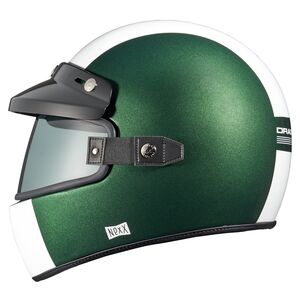Loud, heavy, and vibey. All undesirable characteristics for any motorcycle. Unless it's a cruiser, that is.
American V-twin customers have a distinct definition of what a “motorcycle” is and isn’t. Where some see flaws, they see character. Where others hear criticisms, they hear compliments. For manufacturers, stray from those expectations at your peril. It’s no different for Indian Motorcycle.
When the Polaris-owned OEM resurrected the Scout in 2015, it represented the potential of a modern cruiser. A liquid-cooled V-twin and an aluminum alloy frame made that much clear. While those core components presented clear advantages, not all died-in-the-wool cruiser riders embraced them. If Indian is to become the “leader in mid-size cruisers,” as intended, the Scout must both evolve and conform. It does so in 2025.
Cruiser fans aren’t just a unique bunch to serve, they’re a unique bunch to gauge. After all, which flaws do they consider real flaws, and which flaws are chalked up to character? I was determined to answer that question when Indian invited me to test all five Scout variants on a road trip from San Francisco to sunny Santa Cruz (and back again).
Twisted steel and curb appeal
Looks are a primary concern for most cruiser customers. Indian knows as much and invests its resources accordingly. That’s why the brand dedicated one-third of its press launch presentation to the Scout’s styling alone. Head of Product Design Ola Stenegärd covered every possible angle, from the gentle S-curve in the frame’s down tubes to the redesigned valve covers, from the Scout Classic’s scallop fenders to the 101’s unique seat stitching. No louvered exhaust shield, teardrop mirror, or screw-on fuel cap went neglected. Despite all those details, the Scout looks simpler. It looks cleaner. The platform’s new frame is chiefly responsible.
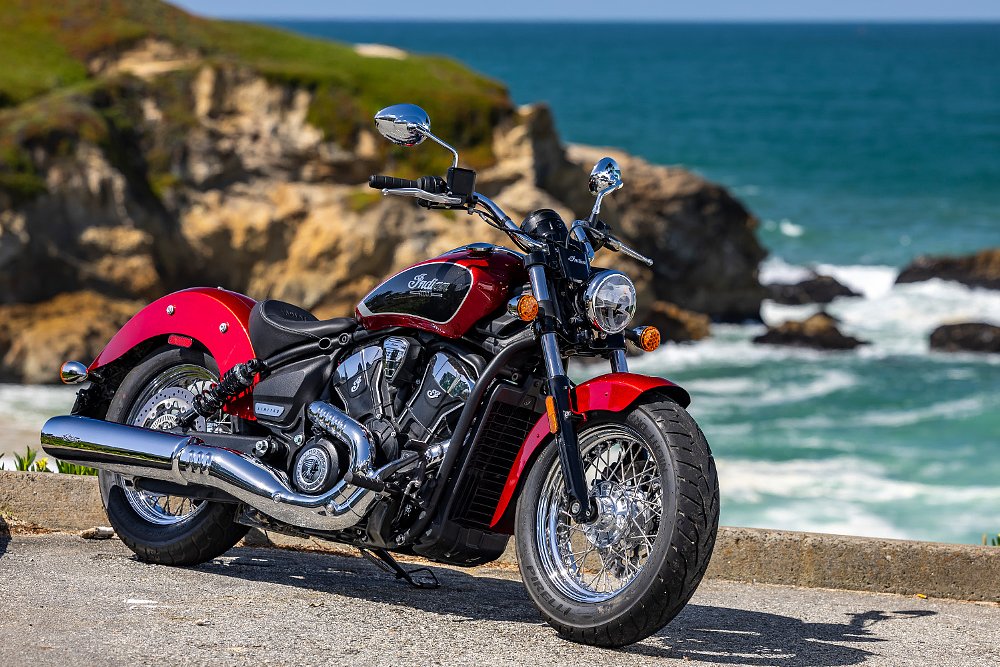
The previous generation’s aluminum frame was big in the wrong places. Its down beams drew the eye to the Scout’s massive radiator. By contrast, the repackaged radiator is 20% smaller (by Indian’s account) and tucks neatly between the frame rails. Again, simpler, cleaner.
The stressed-member frame isn’t just visually lighter. Indian reports that it also saves weight compared to its aluminum counterpart, as well. The mid-frame, however, retains its aluminum construction, even if it undergoes a thorough reworking. On the inside, it holds more electronics. On the outside, it dons a simple and cleaner facade. Are we seeing a theme here?
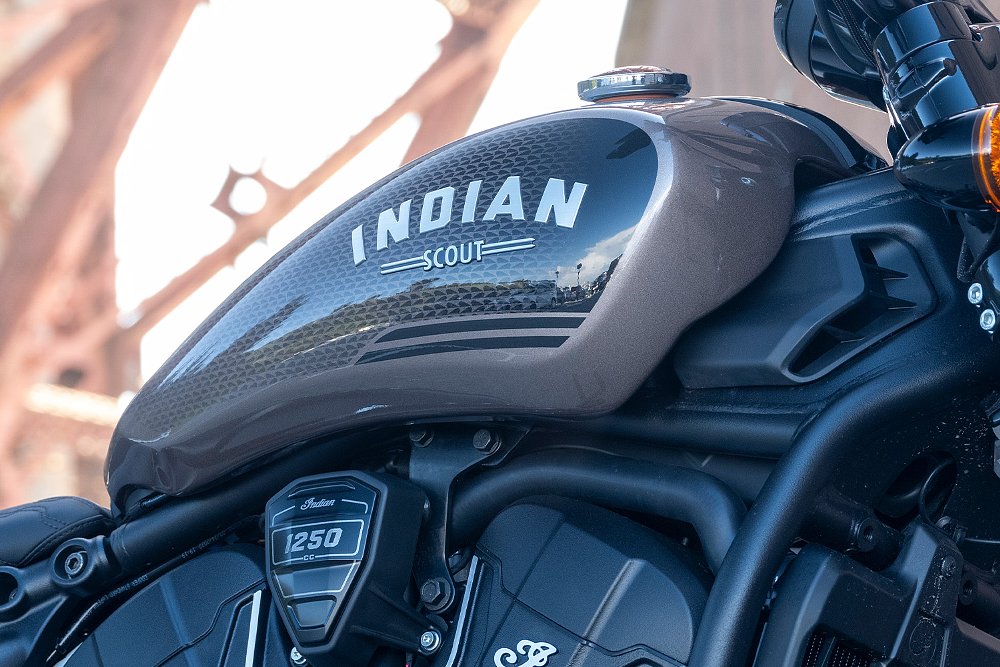
It’s that attention to detail that makes the Scout such a feast for the eyes. Each step closer reveals something new, like the slotted panel along the frame’s neck or the headdress pattern on the Scout Bobber’s fuel tank. Even the cables and plumbing are thoughtfully routed, ceding the spotlight to the true star of the show: the engine.
Even exchange?
Indian funneled all its engineering might into the new SpeedPlus 1250. That doesn’t mean it’s a vast departure from the Scout’s outgoing powerplant. The new mill shares its architecture with the first-gen 1,103 cc V-twin but 80% of it is new parts. To that effect, the rated output climbs to 111 horsepower for the 101 Scout and 105 horsepower for all other variants. Every model now produces a claimed 82 foot-pounds of torque. That'd be good and dandy if peak performance was the sure-fire way to a cruiser rider’s heart.
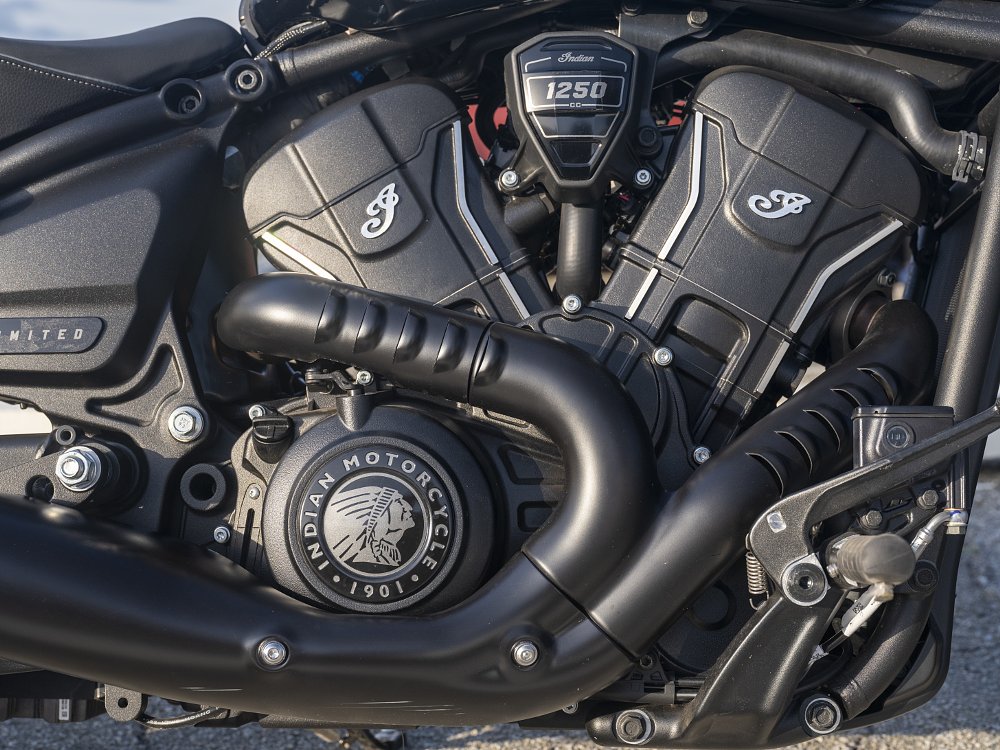
Indian also “optimizes” the engine’s sound and vibration to meet customer expectations. It does so with a single crankshaft-driven counterbalancer, which preserves the ideal amount of vibration (by cruiser standards). The simple equation is: the more gallop, the more rumble. Trot around town and the vibrations are tangible but tangential. Get out the whipping stick and it’s a different story altogether. Beyond 5,000 rpm, the grips, tank, seat, and pegs rattle like a pair of spurs. Is it too vibey, you ask? Not for cruiser loyalists, it isn’t.
Even with its buzzy behavior, the Scout thrives in the mid-range, packing all its boogie between 4,000 and 7,500 rpm. A crisp throttle response characterizes the lower end of that range and a rush of power defines the upper half. Diminishing returns greet those willing to rev up to the 8,500-rpm redline, but that’s to be expected when horsepower peaks at 7,250 rpm. It’s the weak bottom end that’s the real surprise here.
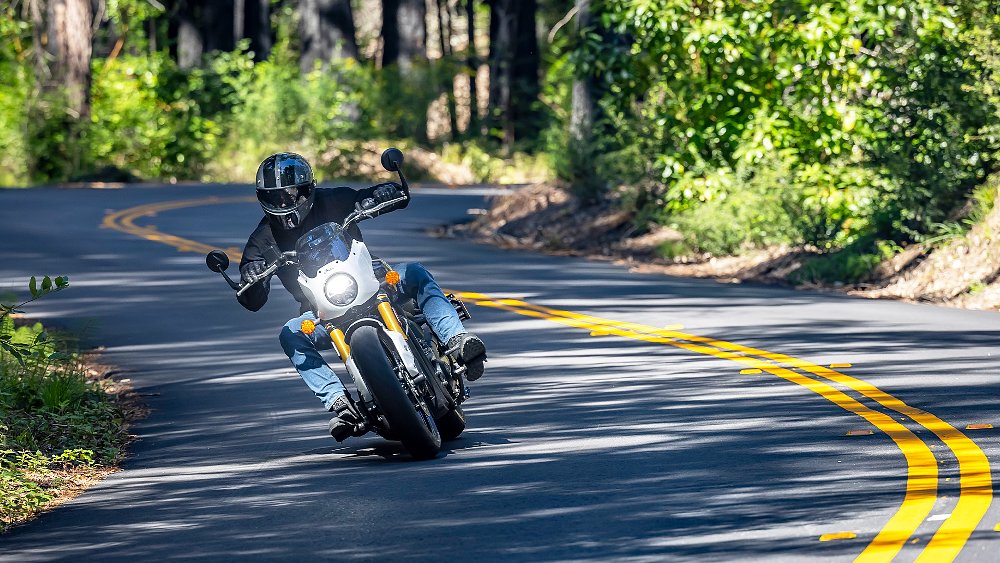
Low-down grunt is the calling card of American V-twins. As such, I expected the Scout to pull like a John Deere from the first brush of the throttle. I was sorely mistaken. The SpeedPlus stutter-stepped away from most stops, only hitting its stride around 3,000 rpm. Its lean fueling didn’t help the situation, either. Between idle and 2,500 rpm, the engine frequently lugged and shuddered. Enough of my fellow journalists stalled their bikes that it became a topic of discussion at the very first photo stop.
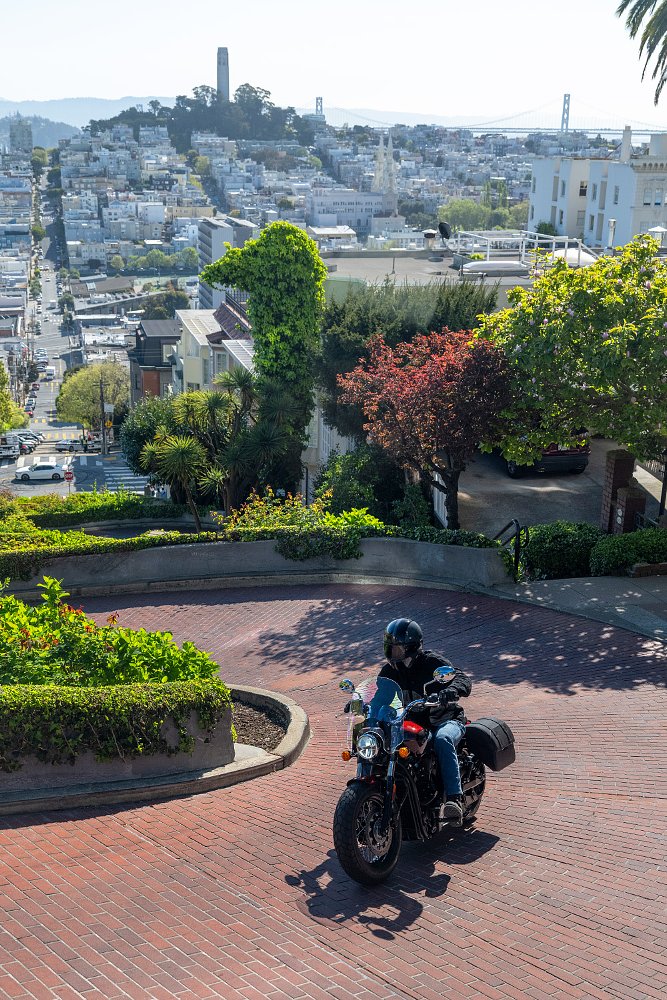
The fueling issues paired with the lack of bottom-end torque made light-to-light dashes a clutch-nursing affair rather than a clutch-dumping one. That was especially so on San Francisco’s steep hills, which felt nearly vertical when babysitting the brake, rolling on the gas, and slipping the clutch of 571 pounds of American iron. Not the typical cruiser experience by any stretch. It’s worth noting that Sport mode suffered far less from the lean fueling than Standard mode. I largely remained in Sport for that reason.
It’s also important to mention that moments before our group embarked on the two-day road trip, Indian announced that the press units were running pre-production firmware. The bugs associated with that version mainly concerned the start-up sequence and the four-inch TFT screen's initiation phase. I have to believe that the electrical hiccups contributed to the stalling issues as well, because in one instance, a colleague’s bike stalled although the gearbox was still in neutral.
It bears repeating that the SpeedPlus 1250 is an engaging engine. As long as you don’t mind exchanging low-down pull for mid-range performance, you’re in good hands. Not all of cruiser faithful are willing to make such a tradeoff, unfortunately. When it comes to the engine’s fueling, Indian experienced similar issues when it first released the FTR 1200. The firm ultimately ironed out all those kinks. I expect it to do the same with the Scout lineup. I only hope it’s before the first units arrive in dealerships this May.
Family of five
Prior to this press launch, my only encounter with the Scout was a short demo ride on the previous-gen Scout Bobber. The model’s slammed rear suspension — and the bone-jarring hits it transfers to the rider — dominated that experience. "This thing must keep chiropractors in business," I thought to myself. That’s why I was dumbstruck when the 2025 Scout lineup arrived with no significant improvement in the suspension department.
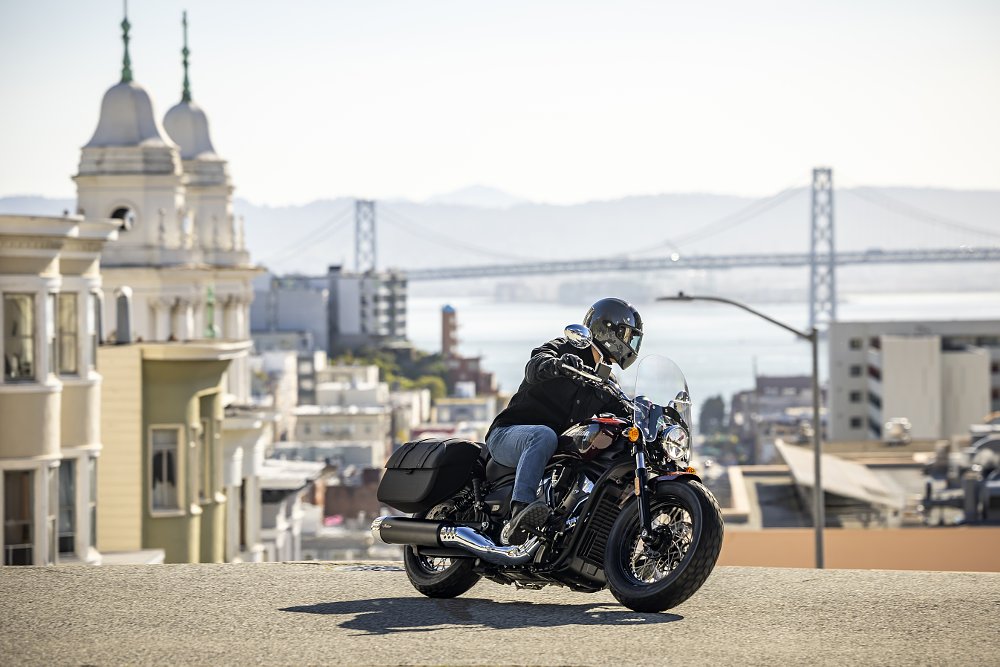
The Scout Classic, Sport Scout, and Super Scout lift the same fork and dual shocks from the outgoing Scout. The Scout Bobber, which offers merely two inches of rear suspension travel, carries over its old setup too. Even the 101 Scout’s up-spec piggyback shocks provide just three inches of travel, though its inverted front end sports 5.9 inches of travel (1.2 inches more than the telescopic fork found on all other models). It’s those preparations that made me wince at the prospect of a two-day, 250-mile road trip aboard all five Scouts.
From San Francisco to Santa Cruz, our group rode the Scout Bobber, Scout Classic, and Super Scout. The route through the city paraded us past sights like Lombard Street, the Embarcadero, and of course, the Golden Gate Bridge. It also included the hilly terrain of Russian Hill, the speed humps throughout Golden Gate Park, and the potholes strewn along Sunset Boulevard. All features that put the Scout’s suspension to the test.

To my surprise, the Super Scout handled most of the road inconsistencies with ease. The ride was anything but plush, but it was far from the spinal stress test that I remembered. For a more direct comparison, I swapped over to the Scout Bobber as we fled the city. While the Bobber’s setup communicated every bump, crack, and undulation in the road, it too wasn’t as teeth clattering as memory served. It was a much different story when the speeds picked up later in the day.
As our group shot down Highway 1, with the waves crashing on the shore and the breeze sweeping through the Cypress trees, the Bobber’s engaged ergos were immediately evident. Whereas the sweptback bars on the Super Scout and the Scout Classic open the rider triangle, the Scout Bobber’s clamshell posture leans rider to lean into the wind. That’s why I was relieved when our ride leader called for a detour through the local canyons.
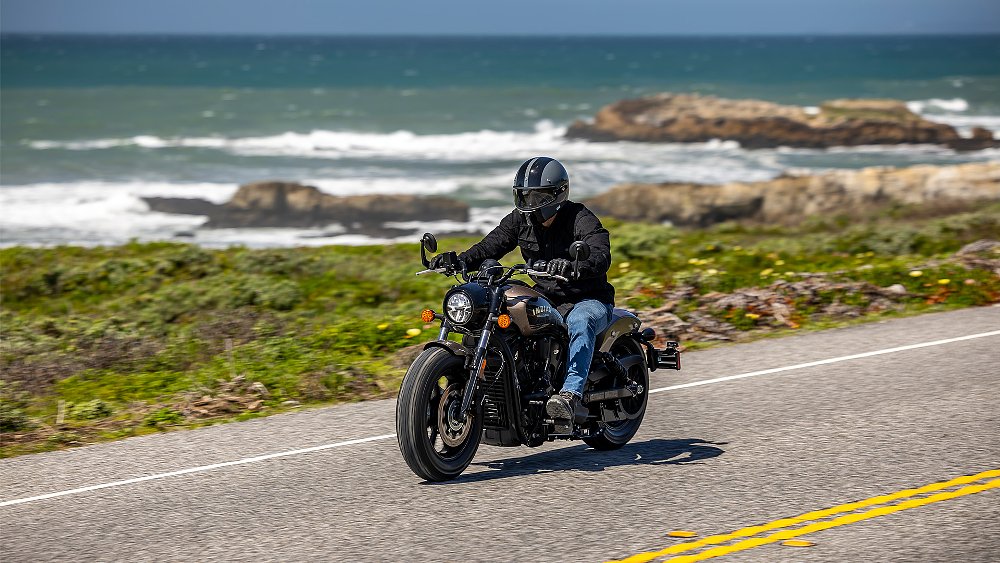
The Bobber’s low-mounted handlebar may not prioritize comfort but it yields more direct steering. Simply push the bar and the bike responds. The Super and Classic’s steering feels less connected, by comparison. Fortunately, I piloted the Bobber through the twists and turns. Unfortunately, those twists and turns were littered with potholes and bumps. Obscured by shadows, no less.
The first few hits filled my helmet with expletives like oof, ack, and gah. Yet, they all paled in comparison to the worst impact, which sent both the Bobber’s front wheel and my bum airborne. Holy headshake, Batman, did I need a breather after that memorable moment. Our canyon side quest ultimately illustrated the value of one additional inch of suspension travel. One measly inch sounds meager to most riders but it's most welcome on the Scout, especially when that inch represents 50% of the Bobber’s overall travel.
The return trip from Santa Cruz sent our group inland along Highway 9. We traded sun and sand for mountain passes and redwood groves. The curvy mountain roads were also the ideal venue to test the Sport Scout and 101 Scout’s sporty inclinations. Like their stablemates, the two club-style variants come with forward controls, but their six-inch risers and moto bars produce a much more athletic posture. Both models share the same wheel sizes (19-inch front and a 16-inch rear) and Metzeler Cruisetec tires wrap each wheelset.
What the Sport Scout doesn’t boast is the 101’s dual-disc Brembo brakes, fully adjustable inverted fork, and piggyback shocks. And don't forget the 111-horsepower SpeedPlus V-twin pounding at the 101’s core. I started the second day on the range-topping model, and I’ll admit I didn’t want to swap over to the Sport Scout later in the day. Quite frankly, none of my colleagues did. We were practically fighting over 101 like siblings bickering over who gets to lick the mixing spoon.

Now, that’s no knock on the Sport Scout. It’s a solid, well-performing bike. The 101 is just that much better. Its brakes are strong, with bite force worthy of the Brembo name. The inverted fork and fully adjustable shocks (supplied by ZF) hold their own too. One can actually feel the suspension damping at work. A compliment I can’t pay to any other Scout.
The difference between the standard and high-output SpeedPlus engine is negligible, but that’s not exactly a mark against the 101 Scout, either. It’s quick to rev (for a cruiser), lively, and oh so fun to flog. Add that to an agile (for a cruiser) and responsive chassis, and you have yourself a pretty entertaining set of wheels. Simply put, it’s fun. In the end, isn’t that what motorcycling is supposed to be? No wonder we wanted to share as much as an only child who skipped kindergarten.
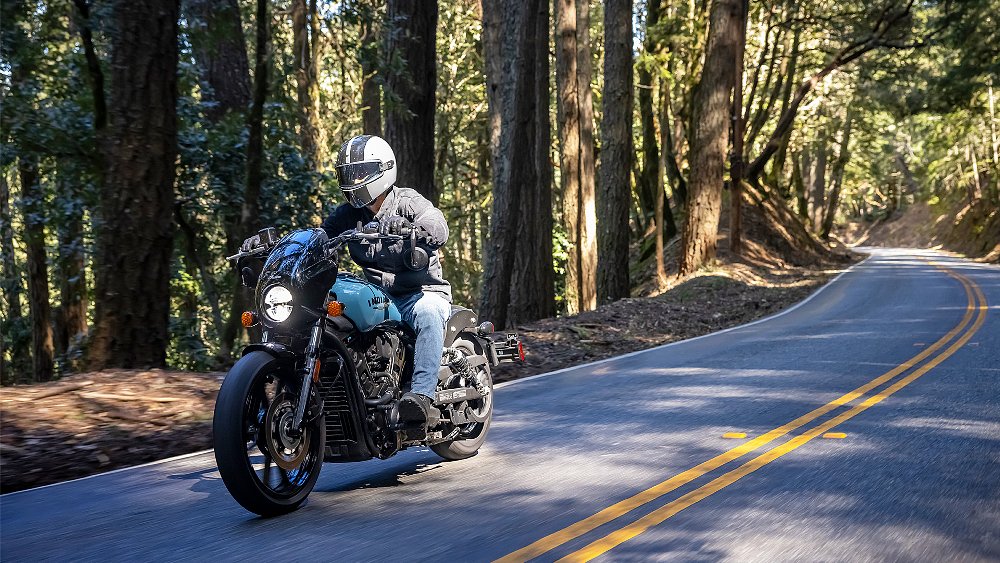
Too much tech?
Scout owners wanted more tech and Indian heard them loud and clear. The Bobber, Classic, and Sport variants come standard with ABS, LED lighting, and an analog gauge, but the Limited trim unlocks cruise control, traction control, and three ride modes (Standard, Sport, Tour). The Limited +Tech package retains all those goodies but sweetens the deal with a round four-inch TFT display. The Super Scout and 101 Scout already come loaded with the Limited +Tech treatment in stock form.
For the global press launch, Indian equipped all five Scout models with the top-spec trim. While the TFT was a nifty addition to the Super Scout, 101 Scout, and even the Sport Scout, it felt at odds with the Scout Classic and Scout Bobber’s back-to-basics build. I, personally, would have preferred the simplicity of the analog gauge on most of the models.
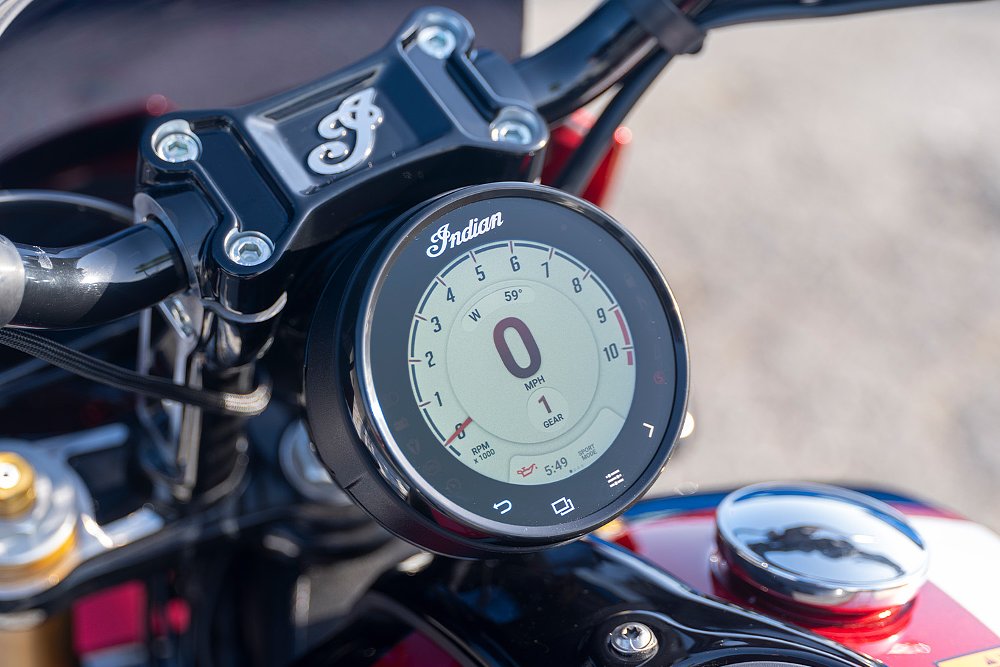
Features like turn-by-turn navigation and Bluetooth connectivity make perfect sense for the touring-ready Super Scout, but they seem excessive for the rest of the Scout family. Plus, as the press ride demonstrated, the TFT dash — and its firmware — add another potential point of failure. As for me, I’d spring for the Limited trim’s safety-oriented rider aids and tried-and-true analog clock. But the best part is that customers can now choose the tech suite that makes the most sense for them.
Bring it on home
According to Product Director Ben Lindaman, in order for Indian to become the market-share leader in mid-size cruisers, the new Scout needs to "win in styling, win in approachability, add technology, protect its performance, and match its competitors in pricing." After two days, 250 miles, and five Scouts, it's hard to say that Indian didn’t achieve its objectives. The Scout’s design is cleaner. It’s seat height remains welcoming. It gains tech and performance. Maybe most importantly, the lineup offers bare bones and premium options (with prices to match).
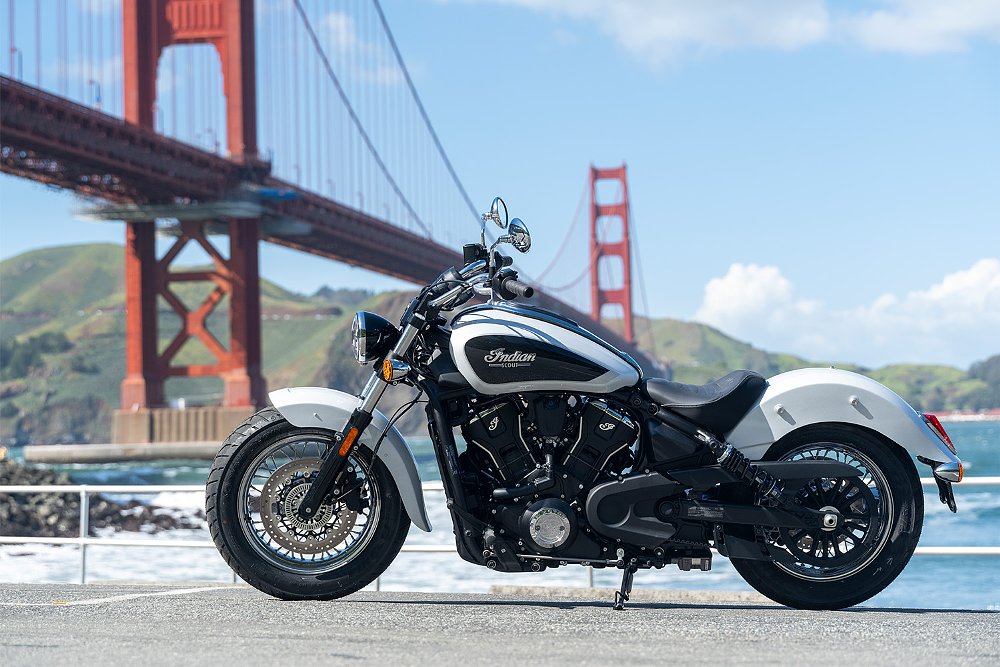
The Scout isn’t perfect, by any means. But that’s the thing, most cruiser customers aren’t looking for perfect. They’re looking for timeless styling, a raucous engine, and a dash of brand heritage. All things the Scout has in spades. Sure, some of the Scout’s flaws are true flaws, but many of them just add to its character. If that’s what’s required to attract cruiser enthusiasts, watch out mid-size category.
|
2025 Indian Scout Bobber |
2025 Indian Sport Scout |
2025 Indian Scout Classic |
|
|---|---|---|---|
| Price (MSRP) | $12,999 | $13,499 | $13,999 |
| Engine | 1,250 cc, liquid-cooled, eight-valve, V-twin | ||
|
Transmission, final drive |
Six-speed, belt | ||
| Claimed horsepower | 105 @ 7,250 rpm | ||
| Claimed torque | 82 foot-pounds @ 6,300 rpm | ||
| Frame | Steel tubular | ||
| Front suspension | 41 mm fork; 4.7 inches of travel | ||
| Rear suspension | Dual shocks, adjustable for spring preload; 2.0 inches of travel | Dual shocks, adjustable for spring preload; 3.0 inches of travel | |
| Front brake | Single two-piston caliper, 298 mm disc with ABS | ||
| Rear brake | Single-piston caliper, 298 mm disc with ABS | ||
| Rake, trail | 29.0 degrees, 4.9 inches | 29.0 degrees, 4.8 inches | |
| Wheelbase | 61.5 inches | ||
| Seat height | 25.6 inches | 25.7 inches | |
| Fuel capacity | 3.4 gallons | ||
| Tires | Pirelli MT60RS, 130/90B16 front, 150/80B16 rear | Metzeler Cruisetec 130/60B19 front, 150/80B16 rear | Pirelli Night Dragon, 130/90B16 front, 150/80B16 rear |
| Claimed weight | 522 pounds (dry) | 528 pounds (dry) | 536 pounds (dry) |
| Available | May 2024 | ||
| Warranty | 24 months | ||
| More info | indianmotorcycle.com | ||
|
2025 Indian Super Scout |
2025 Indian 101 Scout |
|
|---|---|---|
| Price (MSRP) | $16,499 | $16,999 |
| Engine | 1,250 cc, liquid-cooled, eight-valve, V-twin | |
|
Transmission, final drive |
Six-speed, belt | |
| Claimed horsepower | 105 @ 7,250 rpm | 111 @ 7,250 rpm |
| Claimed torque | 82 foot-pounds @ 6,300 rpm | |
| Frame | Steel Tubular | |
| Front suspension | 41 mm fork; 4.7 inches of travel | 43 mm fork, adjustable for spring preload, compression, and rebound damping; 5.9 inches of travel |
| Rear suspension | Dual shocks, adjustable for spring preload; 3.0 inches of travel | Dual shocks, adjustable for spring preload, compression, and rebound damping; 3.0 inches of travel |
| Front brake | Single two-piston caliper, 298 mm disc with ABS | Dual Brembo four-piston calipers, 320 mm discs with ABS |
| Rear brake | Single-piston caliper, 298 mm disc with ABS | |
| Rake, trail | 29.0 degrees, 4.8 inches | |
| Wheelbase | 61.5 inches | |
| Seat height | 25.7 inches | |
| Fuel capacity | 3.4 gallons | |
| Tires | Pirelli MT60RS, 130/90B16 front, 150/80B16 rear | Metzeler Cruisetec 130/60B19 front, 150/80B16 rear |
| Claimed weight | 571 pounds (dry) | 529 pounds (dry) |
| Available | May 2024 | |
| Warranty | 24 months | |
| More info | indianmotorcycle.com | |













